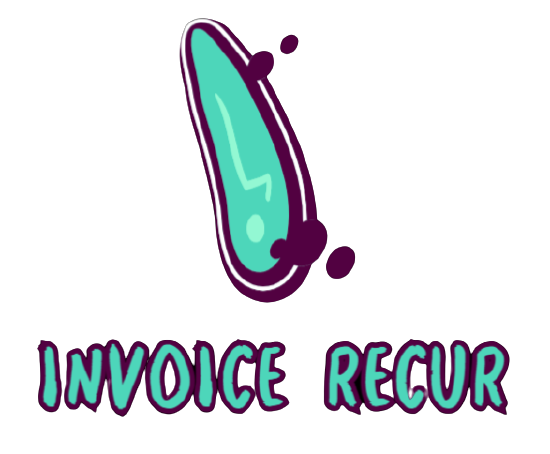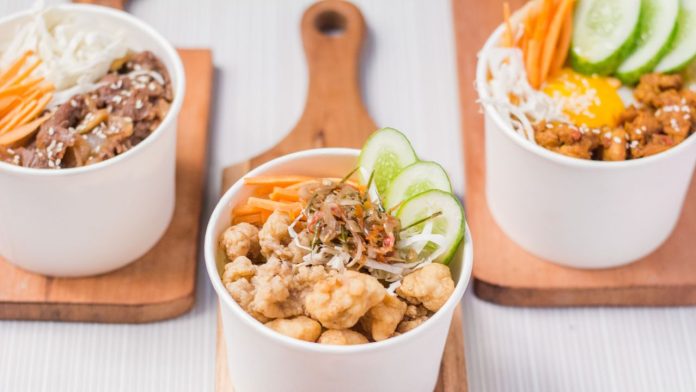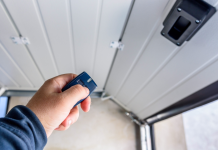Non-recyclable materials such as plastic have been in common use in different businesses such as restaurants to carry out various tasks. Among the adopted changes is the use of paper bowls, which are considered to be more appropriate than other types of disposable bowls. It’s not just the point of satisfying customer demands for environmentally friendly products but also a business approach that has the potential of providing a long-term cost advantage.
In this article, you will find out, what is the cost-cutting impact of using Papere Food Containers for restaurants, how it improves the cash flow position in the short and the long run and what extra benefits flow from adopting this measure.
The Initial Cost and Material Concern
Often, when deciding between paper and plastic products, one might think that paper bowls are going to be a more costly option to make. The general production of thus biodegradable or compostable paper bowls is usually costly and, hence, will require high prices on the shelf. Additionally, the perceived fragility of paper bowls can be a cause of concern, potentially leading to extra costs in securing robust, high-quality options that can handle various food items, including hot and oily dishes.
However, these initial costs should be evaluated in the context of broader economic and environmental benefits. Buying in bulk can significantly reduce the per-unit cost, making quality paper bowls a more viable option. Moreover, the incremental costs associated with paper bowls could be recouped through other areas of savings and revenue enhancement.
Long-Term Savings and Business Advantages
1. Waste Management and Disposal Fees
Among its long-term benefits, the reduction in waste management and disposal costs stands out as one of the most compelling impacts. Standard plastic bowls are a significant source of the disposed volume in landfills and are associated with business expenses on disposal. Compostable paper bowls reduced waste input even further: Paper bowls are renewable and compostable and can replace non-renewable and non-biodegradable material to a much greater extent. Most municipalities have more expensive standard waste disposal charges but charge a lower tariff on organizations that employ environmentally sound methods, making it possible to put into operation a sound ROI.
2. The Role Of Brand Image In Customer Loyalty
The public of today is becoming conscious of the environmental concerns of the organizations that it is availing services from. By changing to paper bowls, restaurants can improve the image of their company so that people will have an understanding that the restaurant cares about environmental problems. By creating this positive brand association, it can attract a major customer base as well as get more customer base that supports environmentally friendly business ventures. The additional number of customers and repeated sales, on the other hand, lead to increased sales revenue enough to absorb the extra expense.
3. Noncompliance and Side-stepping of Penalty Cost
Single-use plastics are facing increased restrictions across governments around the globe. By taking the step of switching to paper bowls now, restaurants save money in the future for any compliance charges to do with plastics. Noncompliance with such rules leads to fines, but being ahead of such change on the regulatory front also gives the business an overall competitive edge of being sustainable.
4. Marketing and Competitive Edge
Restaurants can leverage their use of paper bowls as a marketing tool. This eco-friendly touch can be promoted through advertising and social media, attracting environmentally conscious diners. The competitive edge gained through such differentiation in a crowded marketplace can lead to higher sales and, ultimately, better bottom-line performance.
Indirect Benefits Adding to Cost-Effectiveness
1. Supplier Relationships and Bargaining Power
Committing to large, consistent orders of paper bowls can strengthen relationships with suppliers. Over time, this could lead to more favourable pricing, better credit terms, and priority service. Strong supplier relationships can be a crucial factor in the long-term cost-effectiveness of using paper bowls.
2. Employee Morale and Productivity
Consumers usually feel proud to be associated with specific organizations that embrace their beliefs. The great news is that a restaurant that employs sustainable strategies can enhance the satisfaction of the employees with the work they perform, which can improve productivity, decrease turnover rates, and save money on training. That means happy employees are likely to deliver excellent services to the customers and, therefore, increase their likelihood of patronizing the same service provider.
3. Adaptability and Innovation
Switching to paper bowls can be a first step in a broader strategy of sustainability and innovation. Restaurants that adopt eco-friendly practices often find additional areas for cost savings and efficiency improvements. This culture of adaptability can result in long-term competitive advantages and new opportunities for growth.
Conclusion
While it may be slightly more expensive in the short run to use paper bowls instead of plastic ones, there are really lots of advantages and conservation of cost in the long run. Lowered waste management costs, improved brand image, averted compliance expenses and increased marketing led to sizeable revenues. Higher quality and value from suppliers, better morale for employees, and the creation of an innovative atmosphere also have value. This shift is not only sustainable but also pragmatic, and every business should adapt itself according to the new age consumer consciousness and the new environmental policies. The early movers will gain financial and image benefits, which guarantees the action as a step towards increased profitability and future viability within the ever-evolving food industry.










